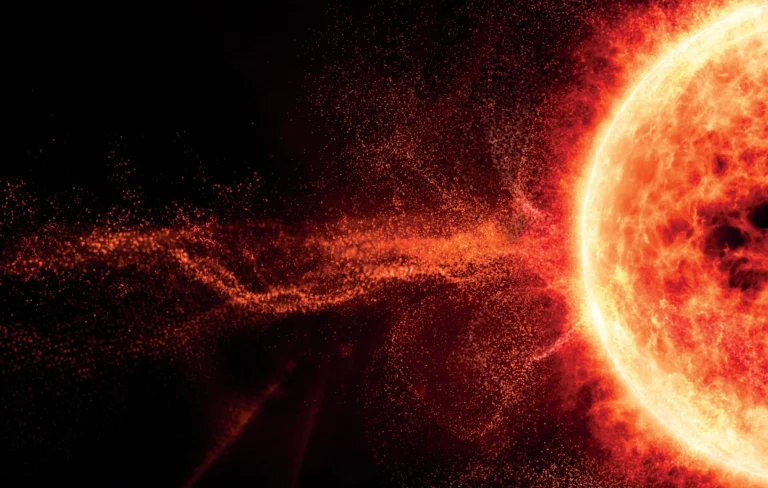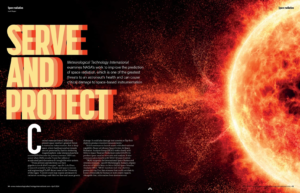Meteorological Technology International examines NASA’s work to improve the prediction of space radiation, which is one of the greatest threats to an astronaut’s health and can cause critical damage to space-based instrumentation.
Coronal mass ejections (CMEs) may present space weather’s greatest threat to terrestrial infrastructure. But in deep space, where hardware and astronauts are not protected by Earth’s sheltering magnetosphere, solar energized particle events (SEPs) become the primary menace. SEPs can occur when CMEs or solar flares fire volleys of accelerated particles outward through the solar system. “Those protons and electrons can have gigaelectronvolt (GeV) energies,” says Dr Lulu Zhao, a research scientist in the climate and space sciences and engineering (CLaSP) department at the University of Michigan. “A severe event may expose astronauts to radiation exceeding a safe lifetime dose and cause genetic damage. It could also damage instruments or flip their digits to produce incorrect measurements.”
“Those protons and electrons can have gigaelectronvolt (GeV) energies,” says Dr Lulu Zhao, a research scientist in the climate and space sciences and engineering (CLaSP) department at the University of Michigan. “A severe event may expose astronauts to radiation exceeding a safe lifetime dose and cause genetic damage. It could also damage instruments or flip their digits to produce incorrect measurements.”
NASA continues to launch assets with observational capability. Based at Johnson Space Center, its Space Radiation Analysis Group (SRAG) works closely with NOAA’s Space Weather Prediction Center (SWPC) to produce space weather nowcasts and analysis. It also communicates directly with NASA Mission Control.
“SRAG supports the International Space Station and Artemis missions,” says Dr Michelangelo Romano, deputy director of NASA’s Moon to Mars (M2M) Space Weather Analysis Office. “SRAG monitors real-time electron, proton or x-ray flux data streams that could correlate to known thresholds for human or instrument impacts. Alongside that, information from dosimeters on spacecraft or personnel helps to inform decisions about mission activities.”
“A severe event may expose astronauts to radiation exceeding a safe lifetime dose and cause genetic damage”
– Dr Lulu Zhao, University of Michigan
Protection measures
Protecting instruments chiefly entails powering down to safe mode until a particle event has passed. For astronauts, spacecraft provide some protection, and extravehicular activities (EVAs) may be postponed when radiation is enhanced.
“Shielding with mass is the principal mitigation,” says Romano. “On the International Space Station, they may instruct the crew to take shelter in a well-shielded section of the spacecraft. For Artemis II, the crew may bunker down in the Orion capsule’s storm shelter until a particle event ends, then resume normal operations.”
Following Artemis I’s 25-day uncrewed lunar test flight in 2022, Artemis II will take four astronauts on a lunar flyby no earlier than September 2025. Artemis II will pave the way for a future Artemis III mission, which will land the first woman on the moon and demonstrate deep space capabilities required for onward space exploration to Mars.
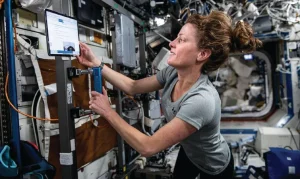
NASA established the M2M Space Weather Analysis Office in 2020 to support missions of increasing number and complexity. “Our office originated within the Heliophysics Science Division at Goddard Space Flight Center,” comments Romano. “We collaborate with SRAG and NASA’s Community Coordinated Modeling Center (CCMC) as an in-house research-tooperations- to-research pipeline. CCMC hosts many space weather models used for scientific studies, a subset of which may be applicable to running in real time to protect mission assets and human life.”
Such models are transitioned to the M2M Office and run in an operational environment by a team of analysts. The Artemis I test flight provided an opportunity to assess their performance in real time with real mission data streams, which will inform development.
“Experimental models may be developed to simulate a historical event,” comments Romano. “The trick is implementing those empirical or physics-based capabilities without complete science-level data, but just coarse, real-time data that may contain gaps or inaccuracies. Human-in-the-loop analysis may support models running in real time. For example, we actively analyze the kinematic parameters of CMEs to support SEP prediction models.”
Developing better warnings
This all remains probabilistic, since not all CMEs trigger SEP events and the physical mechanisms driving their relationship are imperfectly known. Fundamentally, nowcasting SEPs – which can arrive in under one hour – allows limited time for life-saving mitigations. Better lead times require predictive capacity, which the CLaSP Center for All-Clear Solar Energetic Particle Forecast (CLEAR Center) aims to develop.
“Our heliospheric weather group has tools to make propagation estimates in any direction from the sun”
– Juha-Pekka Luntama, European Space Agency
“The space weather community has at least 20 SEP models, each with advantages and disadvantages,” says Zhao. “Our center will integrate those to provide comprehensive prediction. We have limited knowledge of what triggers flares or CMEs but can use machine learning to monitor the sun’s magnetic fields and extract features leading to solar eruptions.”
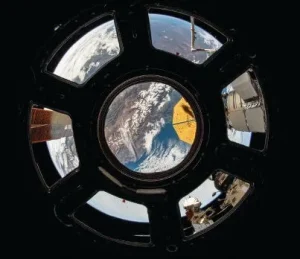
The newly established CLEAR Center expects to produce SEP forecasting that is analogous to a smartphone weather app for future space missions. Zhao will lead a team of more than 20 scientists in this five-year, US$10m NASA-funded project, and notes that the application of machine learning to solar observation has already shown promising results.
“Our center will use physics-informed or interpretable machine learning methods,” she explains. “We can train models to identify features already developed in efforts to predict flares. Or, if a model extracts its own features and performs well, our statisticians can do a feature importance analysis to potentially understand things we didn’t know.”
One challenge is the shortage of comprehensive solar observations on which the models may train. Zhao’s team will compile historic observations from some 20 instruments scattered among different spacecraft and dating back to 1973, to create a benchmark data set available to the entire scientific community, useful to both train and validate forecast models.
“We already have empirical, physics-based and machine learning models,” says Zhao. “But they may not be ready to run in real time. By validating their outputs against past observations, we can understand the uncertainties and fine-tune parameters to increase their robustness.”
The next mission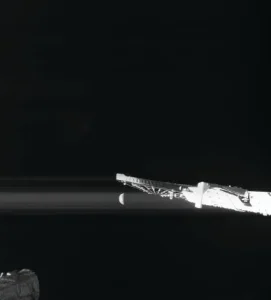
Beyond the moon, Mars beckons. The M2M Office, established to study space weather not merely on the sun-Earth line but 360° around the sun, collaborates with current robotic Mars missions to develop the prerequisite capabilities for human exploration. “It’s a longer trip through interplanetary space without the protection of Earth’s magnetic fields,” says Romano. “Mars is sometimes on the opposite side of the sun, so there’s a whole logistics of communication. We’re just starting to push the boundaries to understand how phenomena could be observed from Mars and how quickly such observations could be used to support real-time analysis.”
ESA’S role in safeguarding human extraplanetary explorers
As European Space Agency (ESA) probes voyage outward through the distant reaches of our solar system, they are protected by information from the Space Weather Office, which has networked pre-existing European capabilities into a resilient federated architecture. 
“Our pleasure is to observe space weather anywhere in the solar system,” comments Juha-Pekka Luntama, head of the Space Weather Office. “Our heliospheric weather group has tools to make propagation estimates in any direction from the sun. We began by providing space weather information to the Venus Express mission as it started experimentally orbiting through the upper layers of the Venusian atmosphere,” he adds.
Now, Luntama’s office provides regular bulletins to the BepiColombo mission bound for Mercury and will support ESA’s Jupiter Icy Moons Explorer (Juice) launched last year. These missions are unmanned, but Luntama anticipates a near future in which accurate radiation forecasts will safeguard human extraplanetary explorers.
Unfortunately, the ability to accurately forecast solar eruptions remains limited by an incomplete grasp of their causes. Nevertheless, a problem well framed is often half solved. “If you’re planning a picnic, you don’t want a thunderstorm forecast,” Luntama observes. “You want a forecast of when there won’t be a thunderstorm. We cannot tell when an active solar region will produce an eruption. But if no active regions are visible, we can say there is a lower chance of eruptions,” he continues.
“A moon flight is relatively simple because it takes only a couple of days,” he continues. “Mars will be different. Even the shortest flight will take six months, and today we cannot make a six-month forecast. Personally, I think we should build a permanent base on the moon and practice working in that somewhat hostile environment, before we move on to Mars.”
This article originally appeared in the April 2024 issue of Meteorological Technology International. To view the magazine in full, click here.


